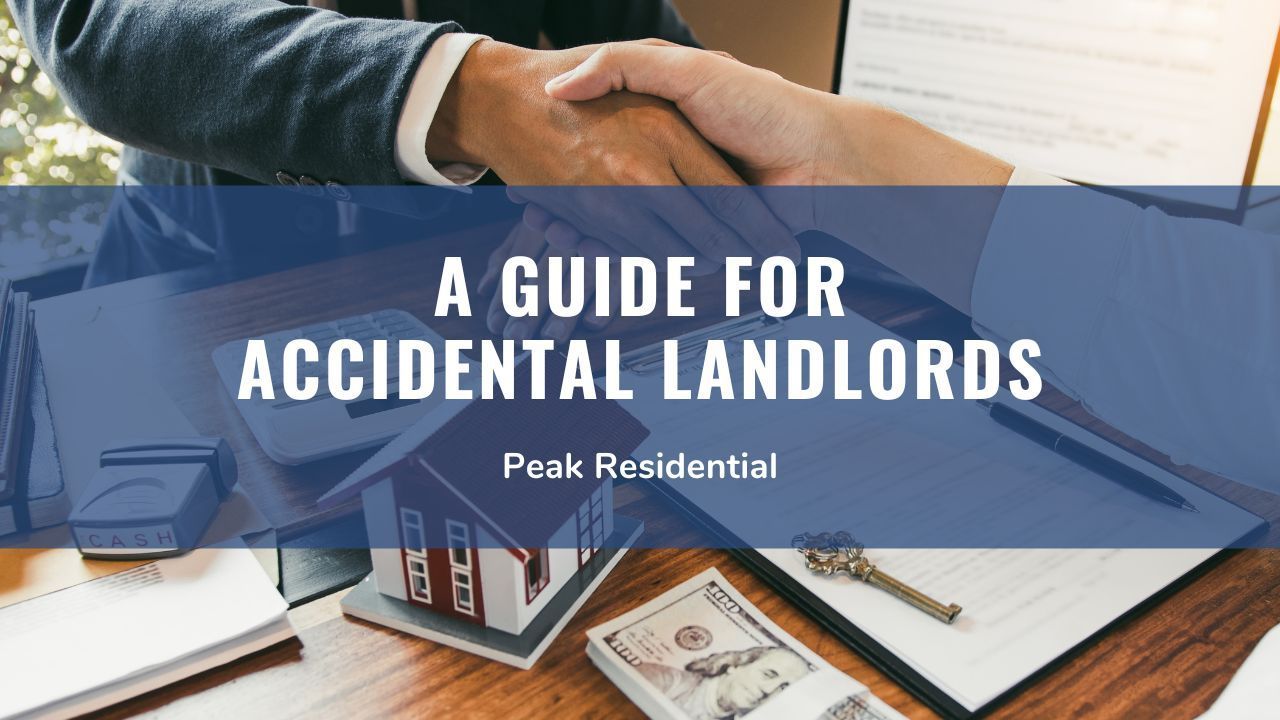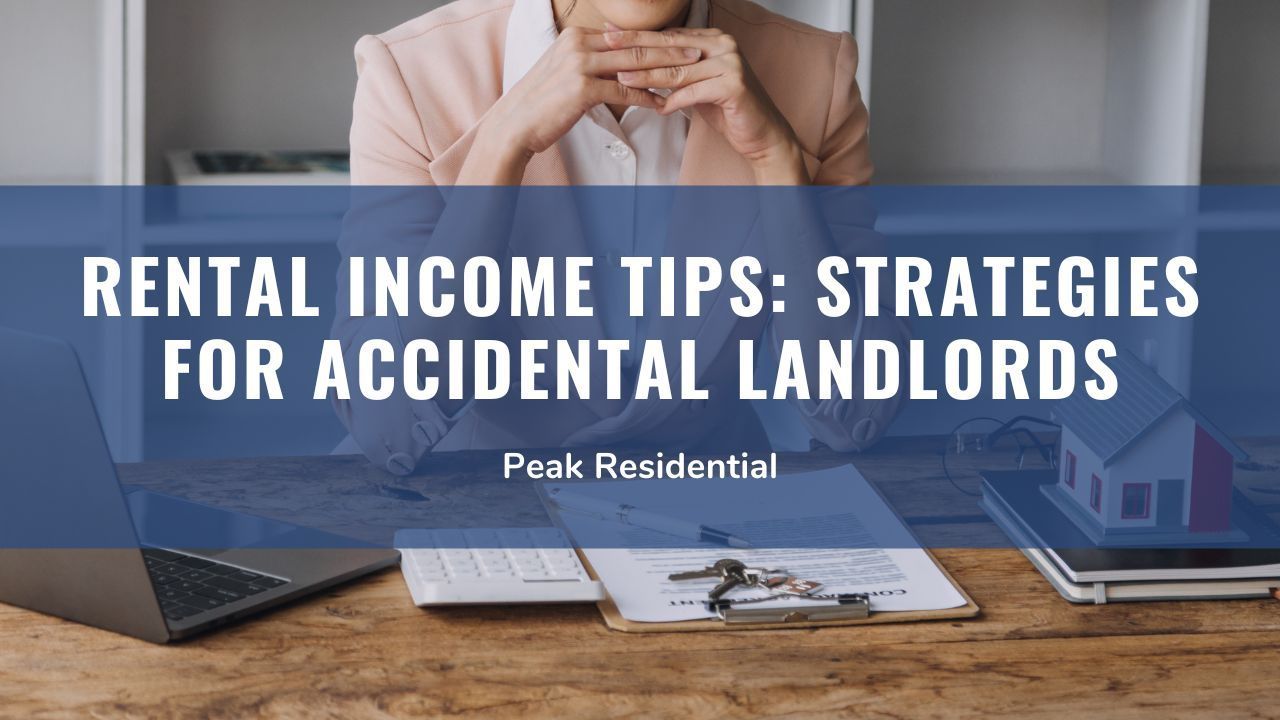
As a landlord, you know even the best tenants are likely to move out eventually. To make sure things end smoothly for both parties, you’ll want to write them a move-out letter.
Generally speaking, a notice to vacate letter serves two important purposes. For one, it helps the tenant know the day they need to leave the property. This helps minimize holdover tenancies, where the tenant continues to stay even after their lease has expired.
The other benefit of a move-out letter is being able to outline the actions that a tenant must take before vacating. And by doing so, it helps reduce the risk of disputes later on
after they've left. Keep reading to learn more about move-out letters and what information you should include.
Tips on How to Write a Detailed Move-Out Letter
Since each property is different from each other, no two move-out letters will be the same. If you need expert help with drafting one of these letters, don’t hesitate to get in touch with a reputable manager at Peak Residential.
There are certain basics that all move-out letters should cover, which are listed below.
- The date of delivery.
- The method of delivery, whether you sent the letter by mail or you delivered it in person.
- Your contact information, including your full name, mailing address, phone number, and email address.
- The date the tenant must move out. This should be the last date on the lease, or one that you have both reached an lease agreement on.
- If the tenant is renewing the lease for another term, then specify any changes that you’d be making. For instance, a rent increase, and security deposit changes.

6. Instructions for leaving the keys behind. For instance, you can require them to leave the keys in the mailbox or bring them to the office.
7. Details about the return of their security deposit. Let them know how and when you’ll return it. Please note that California law requires that landlords
return their tenants’ security deposit within 21 days of the date. If making deductions, you must provide the tenant with an itemized list of deductions.
8. The walk-through inspection details. Let the tenant know whether you’re going to be conducting a final inspection of the property.
California law requires landlords who conduct walk-through inspections to adhere to certain rules. Some of the rules include the following:
- Alandlord must notify the tenant in writing of your intention to inspect it before they leave. You must provide the notice within a reasonable time before the tenancy ends.
- If the tenant agrees to the inspection, then it must take place no sooner than two weeks before the expiry of the lease.
- A landlord must provide the tenant with 48 hours’ notice before conducting the inspection. In the notice, you must let the tenant know the time and date of the inspection.
When Should a Landlord Send a Move-Out Letter?
This will depend on state and local laws and regulations. Under California law (CA Civil Code 1940-1954.06), landlords are required to provide their tenants with a written notice of at least 30 days. The notice to vacate letter ends a month-to-month tenancy.

For tenants that have lived on the property for at least 12 months, you must send them a 60-day vacate letter. The notice letter must be in writing and must be delivered to the tenant through proper means, such as in person or by mail. It must also be in English, except in a situation where the tenant has requested it in another language.
The notice period begins the day you serve the letter to the tenant. For instance, if the landlord served the notice to the tenant on July 1st, then the tenant will have until August 1st to move out. This is assuming the landlord is ending a month-to-month tenancy.
There is one exception to the move-out notice letter requirement. For instance, if the tenant has grossly violated the terms of the
lease agreement. In such a case, you may have to give them a shorter notice period to vacate.
What Is the Difference Between a Move-Out Letter and an Eviction Notice?
A move-out notice letter applies only when a lease is coming to an end. Either party may notify the other of no longer wanting to extend the lease for another cycle. The letter notifies the tenant of any expectations you have for a smooth process.
An eviction notice is meant to remove a tenant from their rented premises due to a lease violation. As a California landlord, landlords may be able to evict your tenant for multiple things, including:
- Failure to pay rent
- Lease violation
- No lease/end of lease
- Foreclosure of the property
- Illegal acts

What Should Landlords Include in a Move-Out Checklist?
It’s important that a notice move-out letter be detailed and provide clarity as to what the tenant must do before moving out. Of course, what to include in a checklist will vary from one location to another.
When it comes to end-of-tenancy cleaning, the following are some of the requirements a landlord may want the tenant to follow.
- Clean all bathrooms and windows.
- Dispose of all garbage.
- Restore the property to its original state if any alteration were made by the tenant.
- Sweep, mop, and vacuum the floors.
Bottom Line
A properly drafted move-out letter will ensure a seamless move-out process and lower security deposit disputes. In turn, this will ensure that you have an easy time renting out your property to the next tenant. If you need expert help in drafting a proper move-out letter or need expert help in the overall management of your rental, Peak Residential can help.
We provide property owners in Sacramento with high-quality management services. Get in touch with us today to learn more!
















